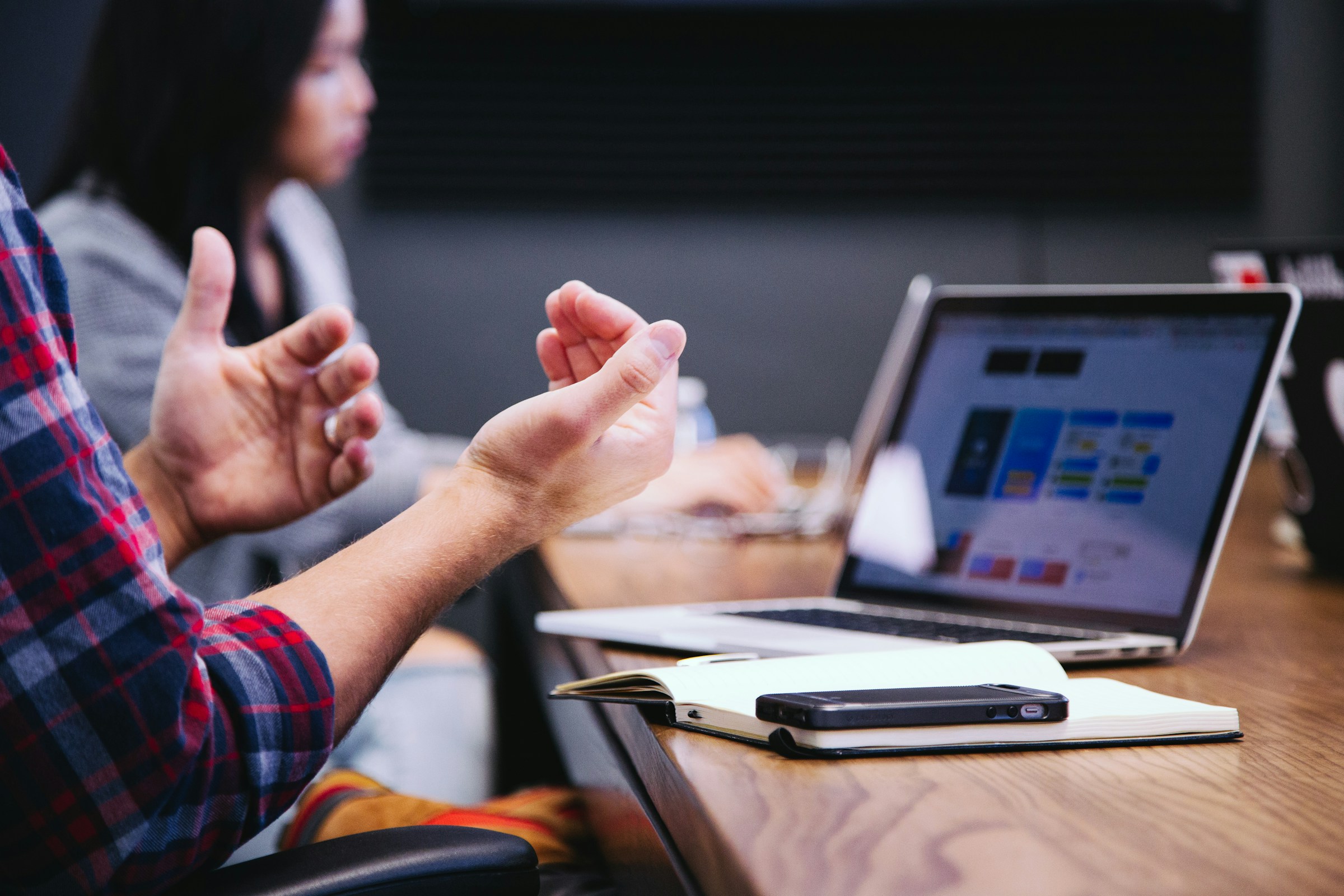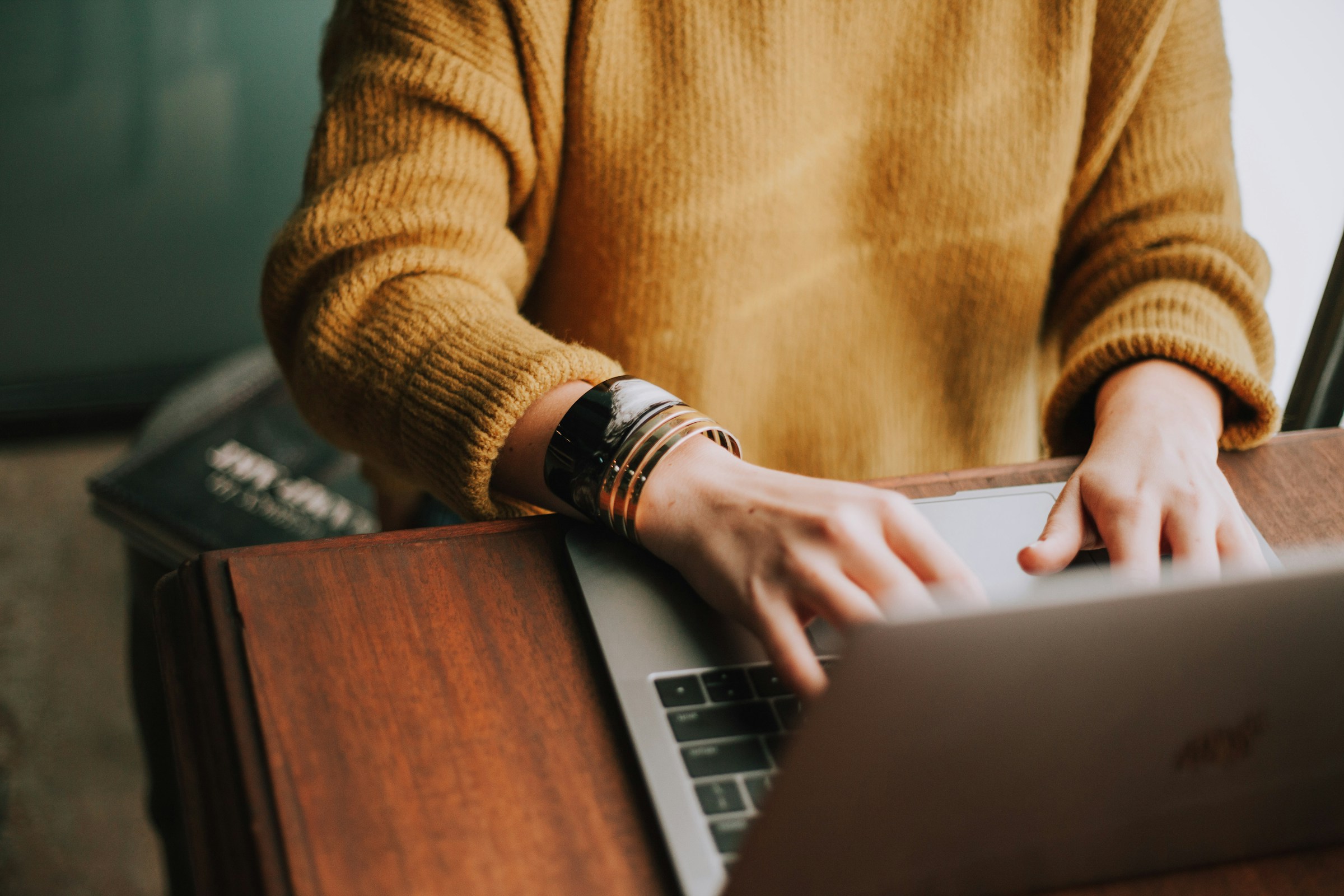We live in a visual-first world, where the demand for fresh, engaging imagery is constant and shows no sign of slowing down. The challenge? The more content you create, the more likely you are to hit creative blocks, disrupting your momentum and growth as a digital artist. The solution? AI image generators offer a powerful tool, though not without their limitations. Which leads to the question: Why use AI image generators at all?
This article outlines compelling, multifaceted reasons why integrating AI into your visual workflow isn’t just an option—but a strategic imperative—whether you’re a creative solopreneur or scaling up to business-level operations.

#1. AI image generators help overcome creative blocks
Despite rapid technological progress and countless productivity hacks, creative constraints remain real. Fortunately, text-to-image AI models have become valuable for creators, helping bring abstract ideas, fantastical scenes, or hyper-specific visuals to life—images that would otherwise be prohibitively complex or costly to produce using traditional methods. As a creator, you can even blend AI-generated visuals with staged shots, depending on the aesthetic you’re aiming for. The AI-powered Depositphotos image generator expands your creative possibilities by allowing you to craft visuals through simple text prompts and access a vast library with millions of professional visual assets.
So, what’s the point of getting generated images? Simply put, they make overcoming creative blocks far less daunting. With just a few descriptive lines, you can easily prototype diverse visuals, such as unique art styles, character designs, or product mockups tailored to your vision. This allows you to explore a broader range of visual directions before choosing the one that best aligns with your brand or campaign.
Speed isn’t the only advantage of using generative AI for image creation. It also offers a fresh perspective, whether you’re working on initial drafts, ideation, or full execution. A 2024 SSRN study found that people who collaborate with AI generate more and better ideas than those working alone. In visual creation, AI image tools can help you break through creative blocks by sparking new directions and inspiring original concepts.
#2. AI can enhance, restyle, or generate new images from reference photos
Beyond generating images from text prompts or reference photos, AI tools also offer robust editing capabilities—features you don’t want to overlook, especially if you have a growing library of visuals that need enhancement. These tools allow you to breathe new life into old photos, correct imperfections, adapt visual styles, or repurpose assets for completely new use cases. For example, advanced AI can upscale low-res images without pixelation, remove backgrounds intelligently, apply stylistic filters, adjust lighting or mood, and even swap out visual elements with precision.
These features significantly extend your existing visual content’s lifespan and creative potential. They also help you maintain brand consistency while staying visually relevant across multiple platforms. Best of all, you don’t need to commission new assets every time your campaign direction shifts, though if you do, AI makes the process remarkably efficient. In fact, a recent study analyzing millions of AI-assisted artworks found that creators produced 25% more visuals, and those pieces received 50% more favorites per view. This suggests that AI-powered editing and restyling not only accelerate creation but also enhance engagement and visual impact.
FAQ: Can AI-generated visuals replace professional photos?
Yes—but only in specific contexts. AI-generated visuals provide speed and scalability, making them ideal for content variations, A/B testing, and scenarios where a human touch isn’t critical. However, they can’t fully replace the authenticity and emotional depth captured through professional photography. Real photos remain essential when showcasing people, products, or environments—especially in campaigns that require trust, credibility, and specificity. The most effective strategy is to use AI-generated visuals to fill content gaps or prototype ideas while reserving professional photos for brand-defining moments where realism and emotional connection are key.

#3. AI image generators are user-friendly, accessible, and cost-efficient
Today’s software—aside from hyper-specialized applications—is built for ease of use in mind, and AI-powered image generators are no exception. You don’t need to be a professional designer or have formal training to create stunning visuals. All it takes is a well-crafted AI image prompt that clearly describes the key elements your visual should include. This levels the playing field, empowering marketers, entrepreneurs, and creators alike to generate high-quality assets on demand.
This simplicity also enables rapid automation of bulk visual creation. You can accomplish resizing, cropping, color correction, or object removal with minimal effort, which is especially valuable for e-commerce businesses and service-based brands. This capability helps adapt visuals seamlessly across various platforms, formats, and customer segments.
Finally, AI eliminates the need for costly alternatives. You no longer have to hire professional photographers or outsource design work for every update or variation. With an AI image generator, you can maintain a high visual standard while staying on budget. Platforms like Depositphotos combine AI-powered features with access to authentic stock imagery, offering flexibility and creative range within a single ecosystem.
FAQ: How do you write prompts that actually help AI generate the images you want?
The quality of your output depends heavily on how well your prompt is crafted. Start by specifying the style, whether it should be photorealistic, cinematic, or inspired by a particular genre (e.g., Ghibli-style or cyberpunk). Next, define the mood—such as energetic, tranquil, or eerie—and include compositional details like “close-up,” “wide shot,” or “over-the-shoulder.” A strong image prompt helps align the AI’s visual logic with your brand goals, ensuring accuracy and efficiency. If you’re more advanced, experiment with inpainting and outpainting techniques to refine specific regions or expand visual boundaries beyond the initial frame.
Bottom line
At the end of the day, what truly matters is treating AI as a supplemental tool—one that enhances your creative process rather than replaces it. AI-powered image generators simplify visual creation and open new design directions that align with your brand’s needs. Getting the hang of these tools may take time, but don’t get discouraged. The more familiar you become with them, the more they shift from optional to essential—and, more importantly, game-changing.
